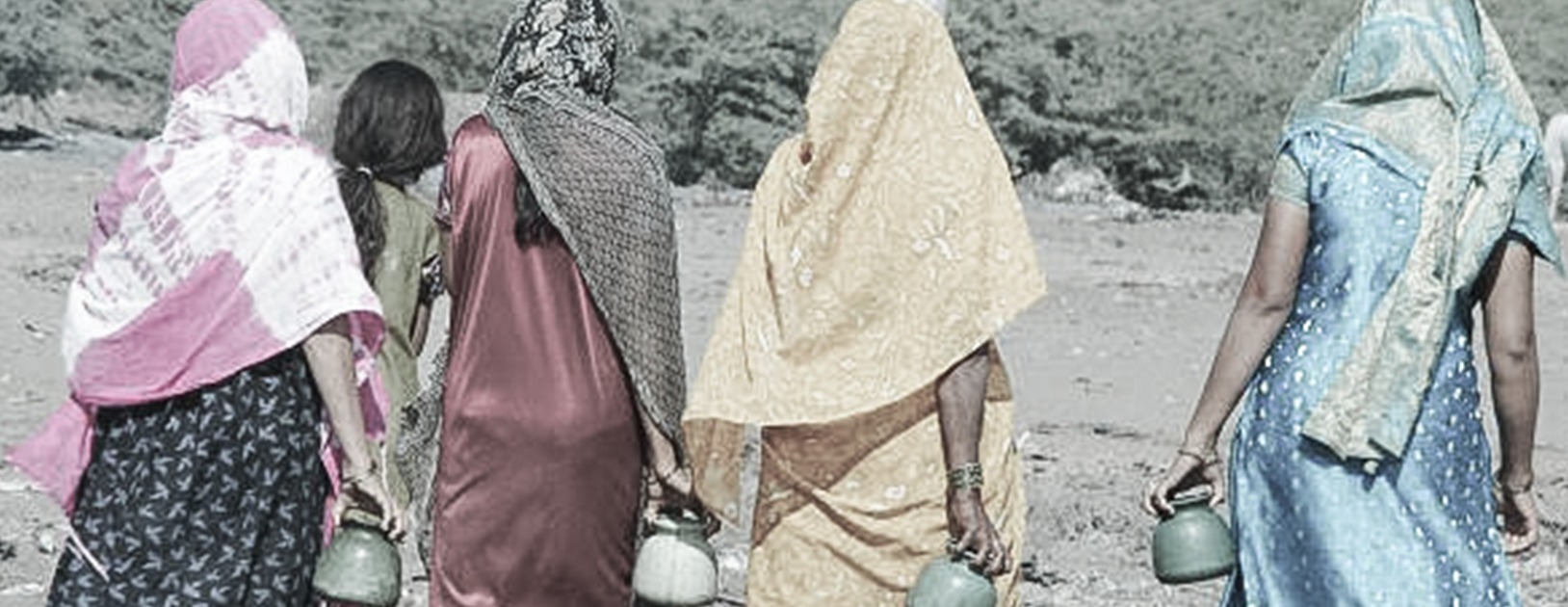This research report is the product of an effort to develop an assessment framework or matrix to measure sanitation outcomes in India. It traces the international policy instruments on Open Defecation (Free) [OD (F)], the genealogy of the term, and then compares India’s policy environment with the other top contributors to global open defecation in 2012 (Indonesia, Ethiopia, Nigeria, and Pakistan). It outlines the challenges in terms of defining OD(F) and using existing survey instruments available to India to develop such a framework.
The report presents a proposal for a matrix to measure sanitation outcomes in India covering nine sanitation outcomes, making a case for the full sanitation chain, especially open discharge free (ODF2) environs. Finally, it evaluates the emerging monitoring framework of Goal six of the Sustainable Development Goals (SDGs), and suggests the consideration of this framework as part of the on-going efforts globally to evolve a monitoring framework for sanitation.
It was released at the Networking Event at the UN-Habitat III: Think Small, Go Big.
The nine sanitation outcomes with indicators for rural and urban settlements, that measure critical results indicative of processes in place for successful and sustainable sanitation service delivery in urban and rural areas, include:
- Defecation is not visible;
- Solid waste is safely managed;
- Residents have access to a toilet in residential and/or public spaces;
- Residents and floating population are using toilets in residential and/or public places;
- Human faecal and liquid waste is safely treated;
- Solid waste and faecal waste is safely handled;;
- Human settlements (cities and villages) are not water-logged;
- Hygienic behaviour is adopted;
- Women access safe menstrual hygiene management.
The matrix is flexible in that, it allows for changes in the choice and measurement of indicators for comparison within states and across the country. It also allows researchers to look at habitations of different sizes, densities and geographical characteristics and provide comparisons beyond just governance boundaries (of urban and rural).
The matrix also combines multiple sources of data and methodologies beyond the traditional questionnaire survey methodology; this allows for observation of characteristics of the settlement to be factored into the determination of outcomes.
Further, it goes beyond the presence of infrastructure and covers issues of equity of access, access of sanitation to all members of the household within and outside the premises of the house, and issues of health (disease burden as a result of poor sanitation), hygiene, and menstrual hygiene management
More details of the conference can be accessed from here.
The full research report can be accessed here.


